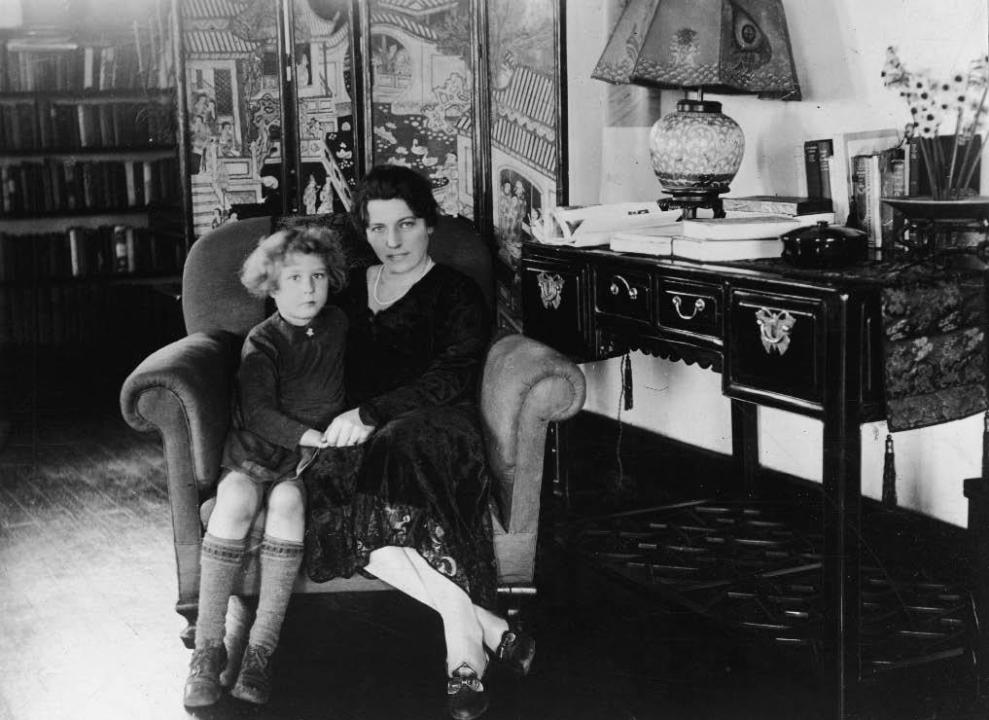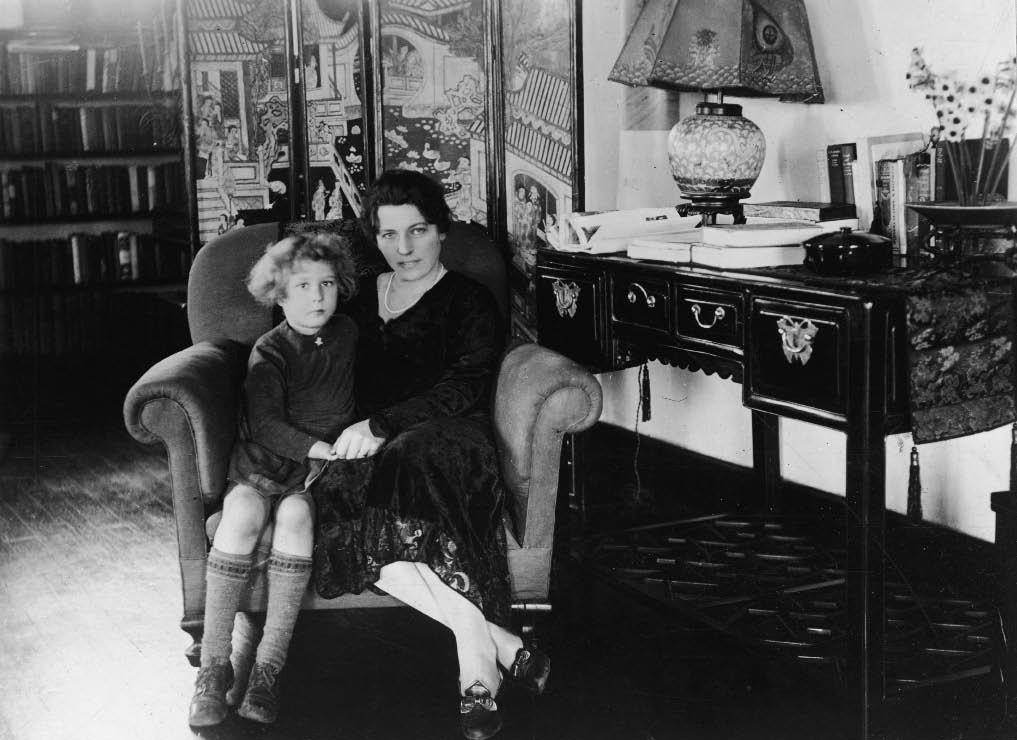When she was a little girl, playing in the countryside around her missionary parents’ home in China, Pearl Buck used to come across the scattered body parts of babies abandoned for animals to devour. She would bury them, and tell no one.
When she was a little girl, playing in the countryside around her missionary parents’ home in China, Pearl Buck used to come across the scattered body parts of babies abandoned for animals to devour. She would bury them, and tell no one.
Born in 1892, she buried painful experiences all her life, telling no one, apparently forgetting — but they came out in her stories and novels. Her most famous novel, The Good Earth, has never been out of print and has sold millions of copies in many countries. She was, in the mid-20th century, one of the most prolific and famous authors in the world, a controversial celebrity, blacklisted as pro-Communist in the US and as anti-Communist in China, a campaigner for racial equality, birth control, and an end to discrimination against women and the disabled. ‘For three decades hers was a voice of sanity and balance in US politics.’ Yet she was not taken up by the feminists of the 1970s and 80s, and her writing has generally been ignored by the literati. When she won the Nobel Prize for Literature, they laughed.
She remains problematic. Hilary Spurling, in a subtle and masterly book, does not even attempt to resolve the contradictions in both the work and the woman — who was sometimes fat and sometimes thin, sometimes attractive and sometimes plain, sometimes the dutiful housewife and sometimes the rebel, freakish in rural China because of her fair hair, freakish in college in America because of her ‘wrong’ clothes, constantly dislocated. She remains, like the people she wrote about, inscrutable.
Her subject matter was the lives of poverty-stricken Chinese. She appreciated and recorded their generosity, their stoicism, their natural frankness about human physicality — and their mind-sets and speech-patterns, which she transposed to the printed page in English. Her first language was vernacular Chinese, and her imagination as a girl was fuelled by popular, ‘degraded’ Chinese fiction borrowed from the cook. In parallel, she read the works of Charles Dickens; in her own fiction, asserts Spurling, she did for 20th-century China what Dickens did for 19th-century London.
Yet she was also capable of writing letters with missionary-style superiority about the dirt and stink around her, and however Chinese her characters, they were very often based on herself and her family relationships. Her father, Absalom Sydenstricker, was one of a sad handful of fundamentalist Southern Presbyterians missionaries, fanatically dedicated to the conversion of China’s millions at the expense of himself, his children and his unhappy wife, ‘a proto-feminist’. Pearl Buck came to think that aggressive proseletising was futile, and sheer ‘effrontery’. Spurling writes of the ‘insular absurdity’ of trying to impose Presbyterian orthodoxy on ‘an ancient, highly civilised culture, underpinned in its customs and thought by Confucianism, Daoism and Buddhism’. For much of his career, however, it seems Absalom was preaching to hungry, hostile illiterates distanced by misfortune from the more ‘highly civilised’ aspects of their culture.
It was a ghastly life. Pearl’s father was spat at in the street, siblings died, home was a mud-floored shack. We think Europe had a bad time in the 20th century, but China, arguably, had it worse, torn apart by regime changes and civil wars, ravaged by the brutalities of Nationalists, Communists, warlords and bandits. Even within families, terrible cruelties were inflicted on the vulnerable through superstition and ignorance. War, floods and famines turned whole populations into migrant hordes, reduced to eating grass and the bark off trees. Pearl’s family often went in danger of their lives.
She married ‘a nice overgrown farm-boy’, John Lossing Buck, an agricultural economist and missionary, who worked as obsessively as her father. He wrote two influential books and ended up as personal advisor in China to the Secretary of State. He did not make Pearl happy. Their only child, Carol, whom she loved dearly, suffered from a rare genetic disorder and had severe learning difficulties. The sex in her books, which caused scandal in their time, was mostly about marital rape, female disgust, female frustration. She ran off with her publisher, Richard Walsh, and with him built an American life in a Pennsylvania farmhouse, adopting in all seven children. Walsh protected her, and edited her books, which kept his firm afloat.
When Walsh died, she found a new partner in her daughters’ young dancing teacher, Theodore Harris, who took over as her manager and gave her a makeover. The Pearl S. Buck Foundation was set up to educate rejected Amerasian children, with Harris as chief executive on $45,000 a year ‘in perpetuity’, and Pearl, as president, appearing at fundraising balls in satin gowns and expensive jewels, surrounded by attendants, like the last Chinese Empress.
Harris published, with her collaboration, Pearl S. Buck: A Biography. This happened to be the subject of the first book review I ever wrote in my life, in 1970. Because hers seemed even then a voice from the distant past, I wrote the review in the assumption that she was dead. The editor of the TLS had to field indignant assurances to the contrary. It was, I now learn, a bad year for her: Harris was accused of embezzling from the Foundation and of sexually abusing young Korean boys. Pearl, aged 77, decamped with him into seclusion in Vermont, accompanied by Harris’s dance-instructor pals whom she set up as antique dealers, herself living over the shop. Since Spurling’s book focuses on the China years, this part of the story is regrettably skipped over.
In a way Pearl Buck did die before she died, while remaining immortal. Her humanitarian campaigns live on in her Foundation, and in Welcome House, her adoption agency for bi-racial children. Some of her vast output may be trashy, but she touched millions of lives with her fiction (and still does), and she was no fool: she wrote, in 1925, of China as ‘the inevitable future leader of Asia, and with her unmeasured resources, both human and material, she will exert a tremendous influence upon the future of the world.’







Comments